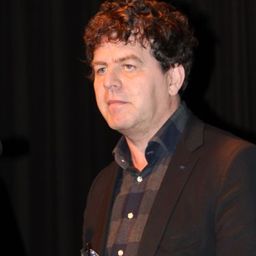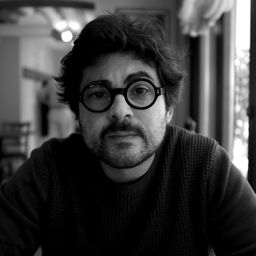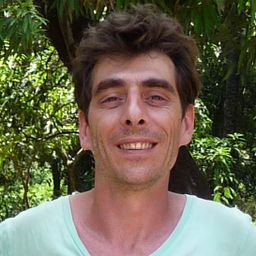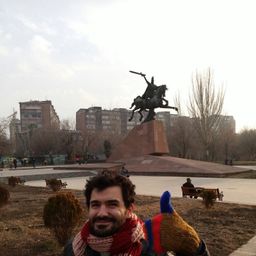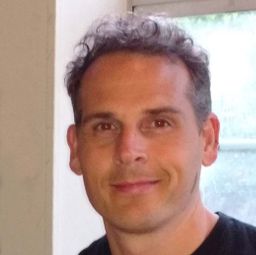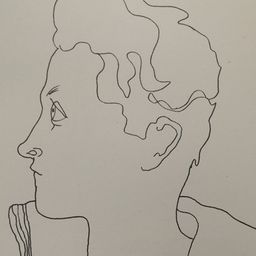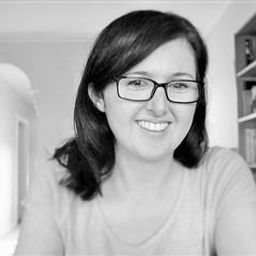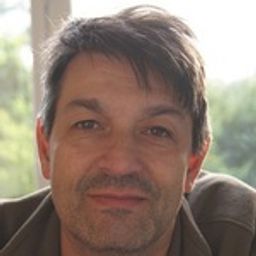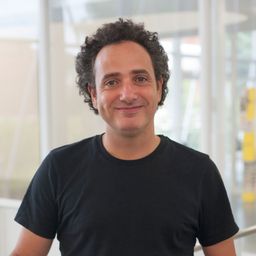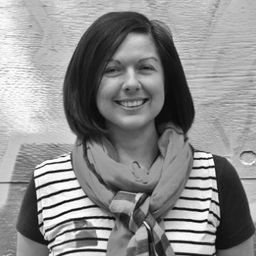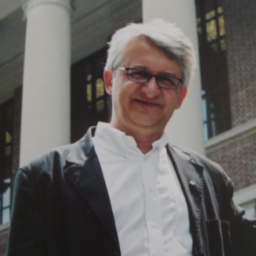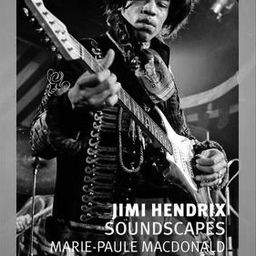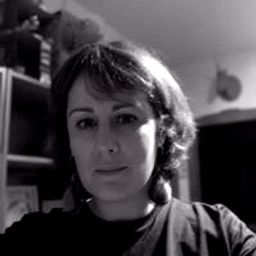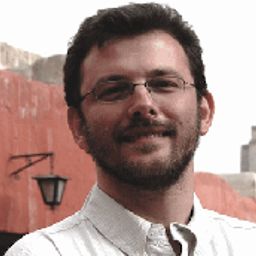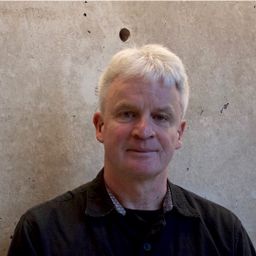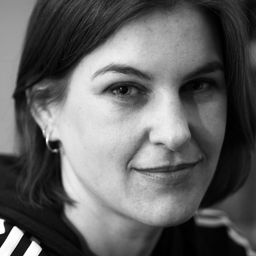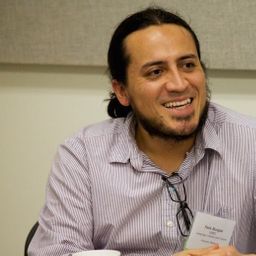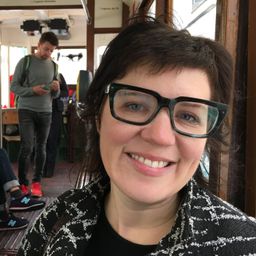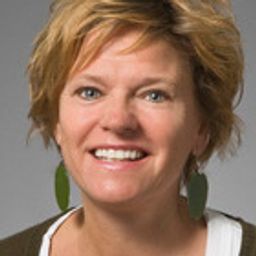Film Series: De engel van Doel
Mon statut pour la session
Quand:
19:00, Dimanche 5 Juin 2016
(2 heures)
Où:
Concordia, LB Building
- LB 125
Thème:
Public event
Directed by Tom Fassaert and presented by Marc Jacobs.
___
Doel, a Belgian village near the Dutch border, is disappearing quickly and deliberately. Not because of the four old nuclear reactors on its territory, but because the Flemish government decided that the village might block projects for new docks for the Antwerp harbour, plans developed since the 1960s. In the 21st century this process of officially encouraged depopulation is coming to an end: 2500 inhabitants in the middle of the 19th century, 810 in 2000 and 143 in 2010. Activists react using arguments about heritage, from monuments and landscapes to heritage communities or museums, to try and stop the demolishment of Doel. Tom Fassaert (1979) decided to make a documentary: the Angel of Doel. This refers to one of the last inhabitants, Emilienne, Fassaert presents the chronicle of the dismantlement of a village but also focusses on what this means for the last inhabitants, like Emilienne and her friends.
___
The Film Series is sponsored by the Department of American Studies of the University of Maryland and the Association of Critical Heritage Studies United States Chapter
___
Doel, a Belgian village near the Dutch border, is disappearing quickly and deliberately. Not because of the four old nuclear reactors on its territory, but because the Flemish government decided that the village might block projects for new docks for the Antwerp harbour, plans developed since the 1960s. In the 21st century this process of officially encouraged depopulation is coming to an end: 2500 inhabitants in the middle of the 19th century, 810 in 2000 and 143 in 2010. Activists react using arguments about heritage, from monuments and landscapes to heritage communities or museums, to try and stop the demolishment of Doel. Tom Fassaert (1979) decided to make a documentary: the Angel of Doel. This refers to one of the last inhabitants, Emilienne, Fassaert presents the chronicle of the dismantlement of a village but also focusses on what this means for the last inhabitants, like Emilienne and her friends.
___
The Film Series is sponsored by the Department of American Studies of the University of Maryland and the Association of Critical Heritage Studies United States Chapter
Personnes inscrites
Loredana Bruma
Rhabillage Association
Dominique Schoeni
Anthropologue et muséographe
Laboratório de Etnografia Metropolitana (LeMetro) IFCS - UFRJ (Universidade Federal de Rio de Janeiro)
Dr. Stephanie Doyle-Lerat
université de Nantes
Sandra Uskoković
University of Dubrovnik
Robbert Jacobs
U Antwerpen
Ms Lucy Brown
Scottish Oral History Centre
Lisa Rogers
Deakin University
Yves Schoonjans
Department of Architecture, KU Leuven, Belgium
Sandra COULLENOT
CMW, Université Jean Monnet, Saint-Étienne
Dr David Franco
Assistant Professor of Design, History and Theory
Clemson University School of Architecture
Laurier Turgeon
Titulaire de la Chaire de recherche du Canada en patrimoine ethnologique
Université Laval
Marie-Paule Macdonald
university of waterloo
Dr. Eugenio Van Maanen
Education | Research | Consultancy
NHTV Breda University of Applied Sciences, The Netherlands
Dr Marie-Blanche Fourcade
Cheffe conservation et expositions (MHM) et professeure associée (UQAM)
Musée de l'Holocauste Montréal et UQAM
Felix Burgos
Doctoral Candidate Language, Literacy, and Culture Program
University of Maryland, Baltimore County
Dr Sarah De Nardi
Durham University
Ms Katie Markham
sskjm@leeds.ac.uk
Tanya Southcott
McGill University
Dr. Britta Timm Knudsen
Aarhus University
